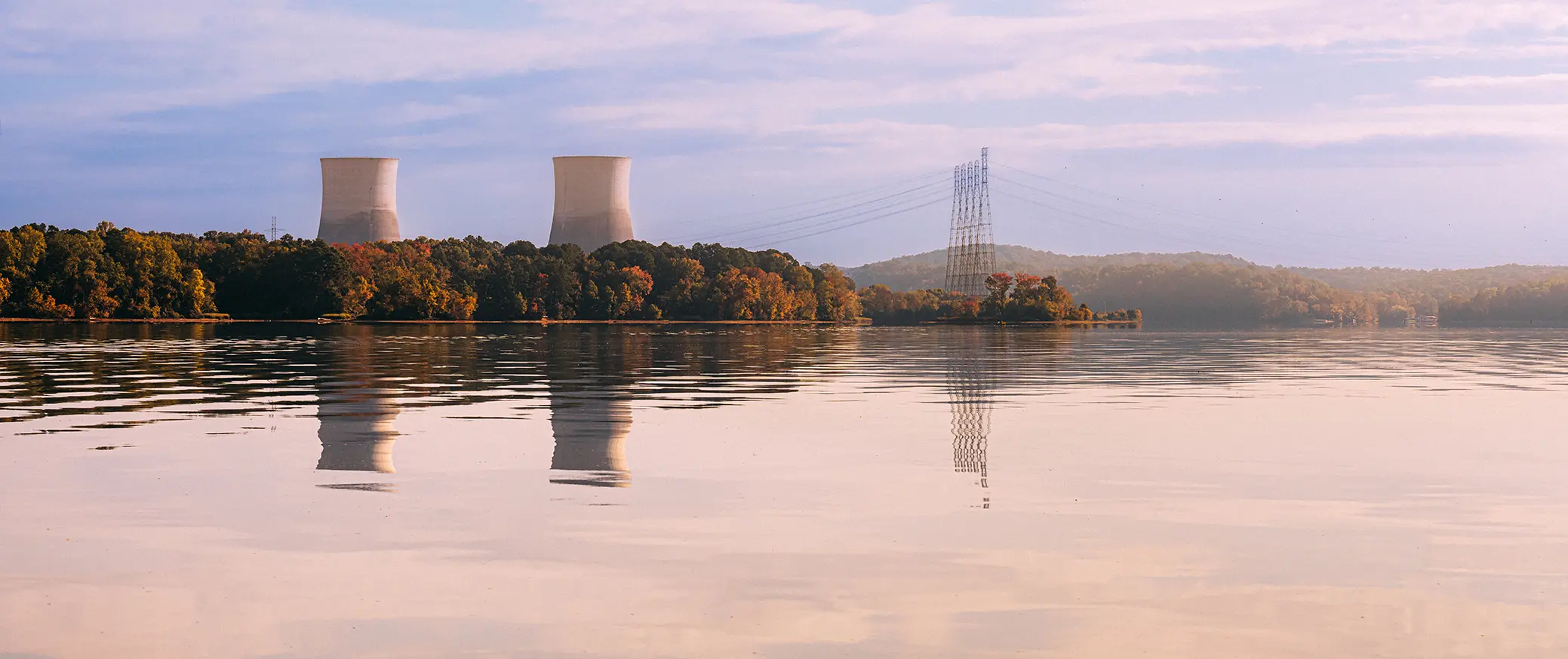ORAU, in partnership with several leading nuclear industry organizations, has launched a strategic initiative to address the workforce challenges and education gaps faced by the nuclear energy industry.
The Nuclear Energy Academic Roadmap (NEAR) aims to enhance career awareness, support pipeline development, identify financial resources, and optimize academic programs at the K-12, vocational and technical school, and university levels.
“The nuclear industry plays a key role in meeting the nation’s demand for power generation, but projections indicate a challenging labor market for the next decade and into the 2060s,” said Olivia Blackmon, Ph.D., director of the ORAU STEM Accelerator and the Partnership for Nuclear Energy
(PNE), who led the team that developed NEAR.
The U.S. Department of Energy forecasts a need for more than 236,000 skilled professional to oversee manufacturing, construction and operation of advanced nuclear reactors. Additionally, more than 90 percent of the nation’s existing nuclear plants are expected to extend their operating licenses beyond 80 years.
A proactive approach to secure and retain qualified workers is required, Blackmon said. NEAR’s focus on comprehensive workforce capacity building seeks to cultivate a robust and skilled talent pool for the nuclear energy sector.
“The Nuclear Energy Academic Roadmap is not just a document – it’s a blueprint for our future,” she said. “By bridging educational gaps and creating clear pathways for emerging talent, we are investing in the next generation of nuclear professionals who will drive innovation, ensure safety and contribute to sustainable energy solutions.”
NEAR was released during a meeting of the ORAU Partnership for Nuclear Energy (PNE) and the Nuclear Energy Academic Alliance (NEAA) on Monday, Jan. 27, 2025. Click to download the Nuclear Energy Academic Roadmap Synopsis (.PDF, 745 KB).
What its co-authors are saying about NEAR
“Workforce has been identified by Chief Nuclear Officers as one of the industry’s highest priorities, particularly given projected expansion of the fleet. NEAR is a critical initiative to ensure our pipelines are ready and able thrive in the coming decades, thus ensuring a supply of qualified workers for the industry,” said Lori Brady, senior director of Human Resources and Workforce Development, Nuclear Energy Institute.
"This academic roadmap serves as an important resource for organizations and individuals interested in human capacity building in nuclear science and technology. It brings together stakeholders to further collaboration -- attracting and retaining our future talent," said Lisa Marshall, president of the American Nuclear Society (ANS).
“This academic roadmap is a first-of-its-kind national effort to describe approaches and resource needs to create sustainable educational programs for the nuclear energy industry, and I am proud to be a member of this collaborative team!” said Sue Magidson, Ph.D. candidate and executive consultant, Vanderbilt University
“The Nuclear Energy Academic Roadmap provides a framework to enhance workforce challenges in the U.S. nuclear energy sector by emphasizing career awareness, pipeline development, resource requirements, and optimizing academic resources,” said Sola Talabi, Ph.D., president of Pittsburgh Technical, LLC and adjunct faculty of nuclear engineering at the University of Michigan and University of Pittsburgh. “The roadmap's benefits include increased student engagement, better funding opportunities, and a unified and effective approach to nuclear energy education and career development.”
